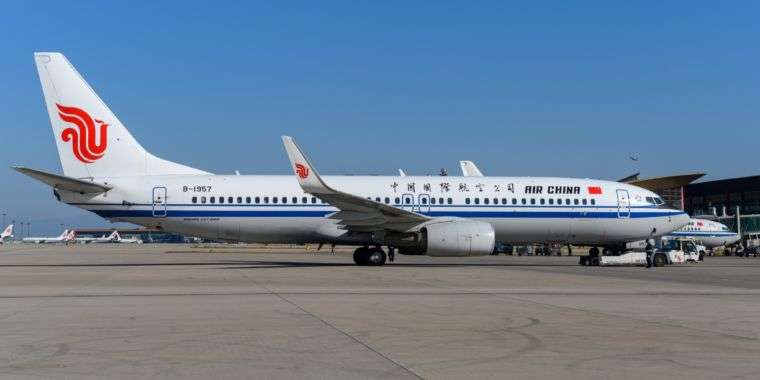
Another 737 MAX jet crash prompts groundings by China, Indonesia, Ethiopia

-
The first Boeing 737 makes its maiden flight in 1967.
-
The Boeing 737 Max 8 prototype, shortly before its maiden flight in 2016. With new, more efficient engines, the Max 8 has a greater range, making it attractive to international carriers.Mike Kane/Bloomberg|Getty Images
-
The 10,000th Boeing 737, a MAX 8, was delivered to Southwest Airlines in March 2018. Southwest is a major customer for the 737 MAX 8.Stephen Brashear|Getty Images
-
The 737 Max cockpit.Simon Dawson/Bloomberg|Getty Images
-
China has grounded all its 737 MAX 8s in response to this latest crash.VCG/VCG via Getty Images
On March 10, Ethiopian Airlines Flight 302 crashed shortly after takeoff from Addis Ababa, killing all 189 people aboard. The behavior of the aircraft—a Boeing 737 MAX 8 airliner—was eerily similar to that of Lion Air Flight 610, which crashed on October 29, 2018.
The Lion Air crash was caused in part by malfunctions in the 737 MAX 8’s maneuvering characteristics augmentation system, or MCAS.
In light of the Ethiopian Airlines crash, China’s civil aviation authority ordered all Chinese airlines to ground their 737 MAX aircraft—a total of 96 aircraft purchased since Boeing began delivering the airframe in 2017. Indonesia’s national transport safety committee (KNKT) has also ordered Indonesian carriers to ground their 737 MAX 8 aircraft until further notice.
Déjà vu
Flight 302 took off in good weather. But according to data from FlightRadar24, the aircraft quickly appeared to have problems with its ascent, with its vertical speed fluctuating between 1,472 feet of climb per minute to 1,920 feet of descent per minute. Just six minutes after takeoff, the aircraft crashed.
According to Ethiopian Airlines officials, the pilot, 29-year old Yared Getachew, had a “commendable” performance record and over 8,000 flying hours. The airline has an otherwise excellent safety record. But the 737 MAX 8 has only been in the fleet of Ethiopian Airlines since July of 2018, and the aircraft that crashed had been in use for less than five months.
It’s unclear how much additional training on the aircraft Getachew or other Ethiopian Airlines pilots received, as Boeing initially provided no additional manual data for the new MCAS.
Sensory overload
In the case of the Lion Air crash, the MCAS malfunctioned because of a faulty angle-of-attack (AOA) sensor .The sensor caused MCAS’ algorithms to act as if the aircraft was entering a stall, automatically pushing the nose of the aircraft down—a condition known as a “stabilizer runaway.” A Boeing safety bulletin issued after the Lion Air crash stated, “In the event of erroneous AOA data, the [MCAS] can trim the stabilizer nose down in increments lasting up to 10 seconds.”
If such a failure were to occur during level flight at cruising altitude, the air crew would have a reasonable amount of time to diagnose the problem and shut down the MCAS. The procedure to shut down automatic trim control (part of MCAS) remains the same from older 737 designs. But in both the Lion Air and Ethiopian Airlines crashes, the air crews had relatively little time to determine what was wrong while fighting to keep their aircraft in a climb—in the Lion Air case, the aircraft crashed 10 minutes into the flight.
After the Lion Air crash, American Airlines pilot union spokesperson and 737 pilot Dennis Tajer said, “in the previous model of the 737, pulling back on the control column, Boeing says, will stop a stabilizer runaway.” But he noted that this doesn’t work with new 737 MAX system—the pilots have to disable the stabilizer.
Boeing has built and sold over 750 737 MAX 8 aircraft thus far, out of over 5,000 ordered. Southwest Airlines is Boeing’s biggest single customer for the 737 MAX, with over 280 ordered and 31 delivered thus far. There have been no reported incidents involving the aircraft in the US. But small overseas operators have been a major percentage of the aircraft’s early adopters.
Listing image by VCG/VCG via Getty Images




